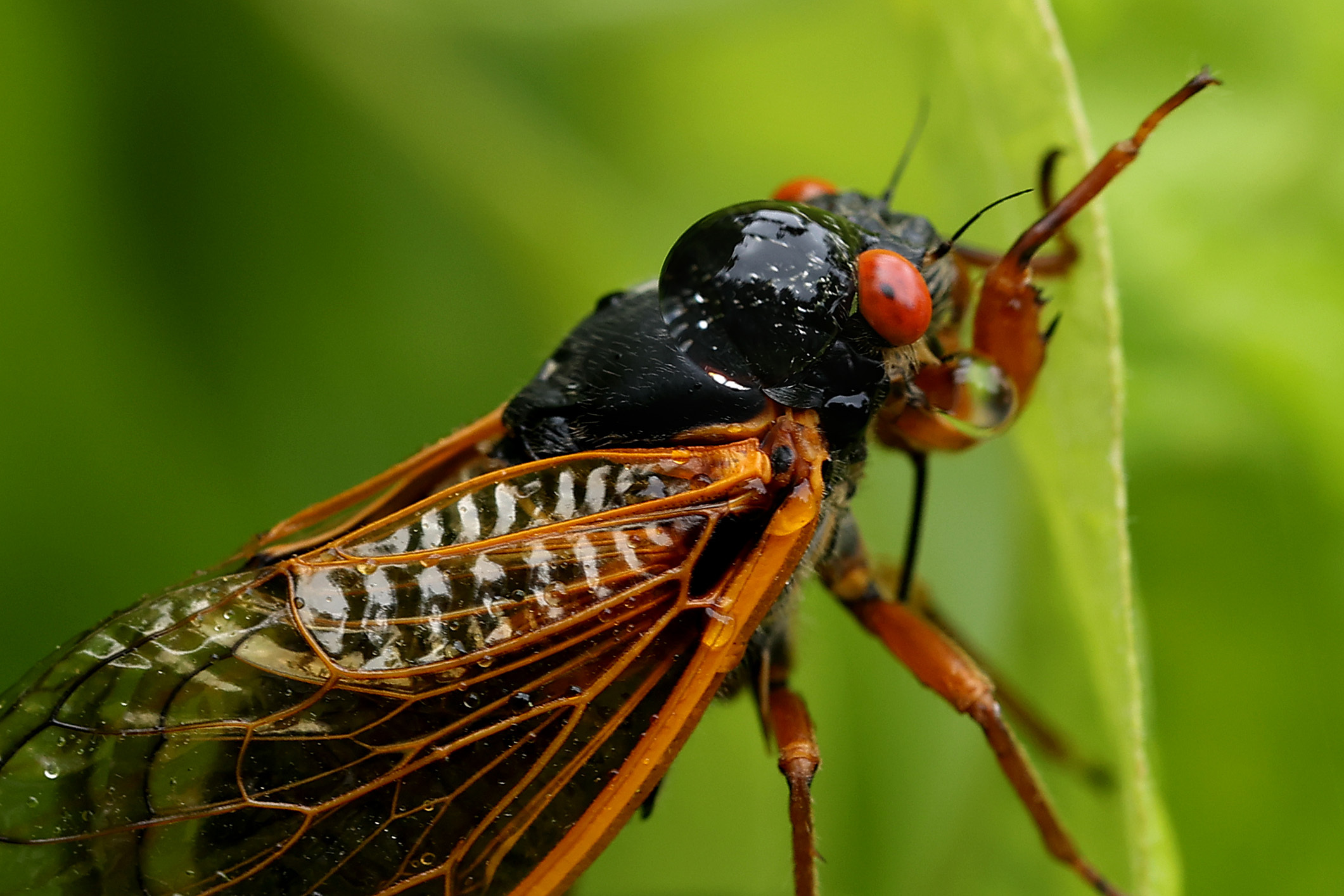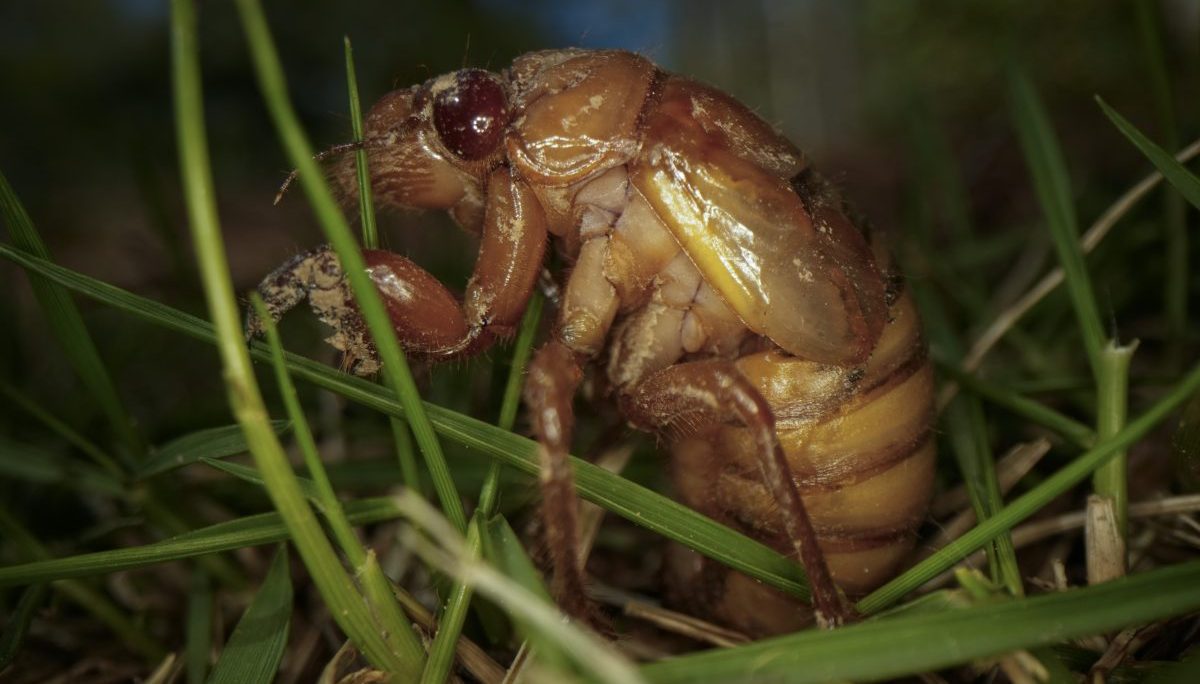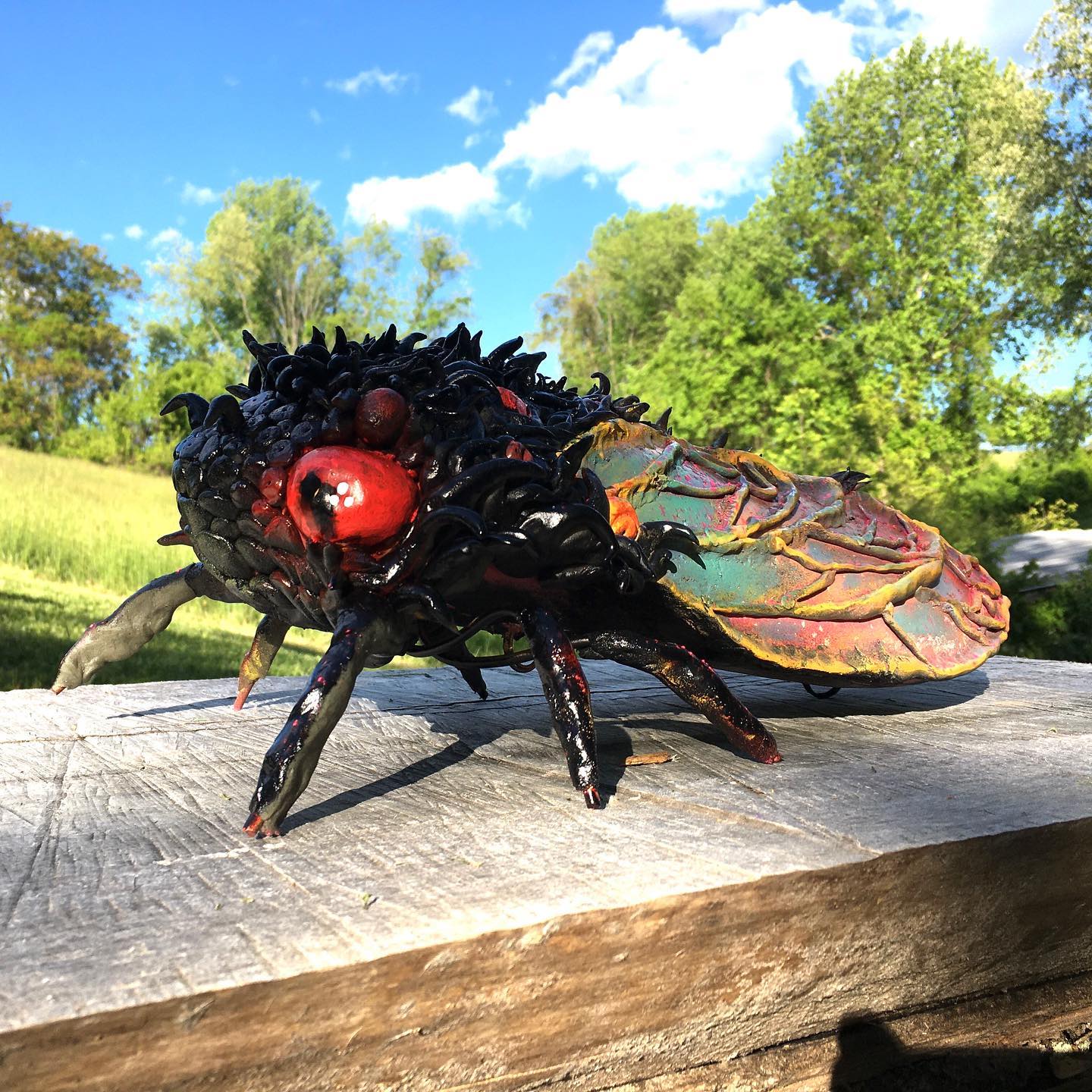Chicago officials issued an advisory Friday about the upcoming cicada emergence alerting residents of what to expect.
The spring emergence is set to mark a rare and historic moment as two broods emerge in parts of the U.S. for the first time in 221 years. And with Brood XIII and Brood XIX both set to pop out of the ground simultaneously, Illinois will be in a unique position to witness the once-in-a-lifetime emergence.
Chicago officials said the emergence is expected sometime around late April through early June, but the city might not see as much of an impact.
MORE: Here's what could trigger an early cicada emergence
Feeling out of the loop? We'll catch you up on the Chicago news you need to know. Sign up for the weekly Chicago Catch-Up newsletter here.
"Cicadas are typically more prevalent in areas undisturbed by new construction, utility work or other soil excavation," the The Department of Streets and Sanitation (DSS) Bureau of Forestry said in the advisory. "Because these types of locations are limited in Chicago, the Bureau of Forestry does not expect significant tree injury."
The city said areas that could see an impact are neighborhoods with mostly older homes.
"New construction and soil excavation destroys cicada larva, and several 17-year cycles are required for them become reestablished, therefore communities with older homes may have more cicadas because the soil with the insect larva has been largely undisturbed," the advisory said.
The department stressed that cicadas are "mostly harmless" but can impact younger tree growth, but the city is still planning to continue planting trees.
"The Bureau of Forestry will continue to plant trees approximately 2 ½” to 3” in diameter, though cautions that in areas with higher cicada populations, trees smaller than 2” in diameter may sustain noticeable damage affecting future growth," the department said. "The damage is caused by the insect using their ovipositor (egg laying appendage) to deposit eggs into the branches of trees and injury often appears as small, browned clusters of leaves as small twigs die. Most trees quickly recover from this kind of damage."
The Morton Arboretum recommended "postponing spring planting of very young trees or using protective netting for these trees until the event is over."
Cicadas typically emerge as the ground begins to warm in the spring and early summer.
For the Chicago area, Brood XIII will be most seen in parts of northern Illinois and Indiana, and possibly even in Wisconsin and Ohio, in late May 2024, Dr. Gene Kritsky, dean of Behavioral and Natural Sciences at Mount St. Joseph University in Cincinnati said in a 2023 press release.
According to an article from the University of Illinois Urbana-Champaign Extension, the Northern Illinois Brood's emergence typically occurs in May and June, and lasts approximately four weeks.
"Adult cicadas will be active until mid- to late June, but you will see evidence long after they are gone, including their wings, molts, and decomposing bodies," Dana said.
Here's a map of what to expect in Illinois, according to data from the USDA Forest Service.
"Most of the state of Illinois will experience periodical cicada emergence in 2024," the University of Illinois reported.
The Northern Illinois Brood itself is huge, with a reputation for the "largest emergence of cicadas anywhere," according to the University of Illinois.
In 1956, entomologists reported as many as 311 "emergence holes" per square yard in a forested floodplain near Chicago, which experts say translated to 1.5 million cicadas per acre, according to the University of Illinois.
"When the cicadas start dying and dropping from the trees later in the spring, there are large numbers on the ground, and the odor from their rotting bodies is noticeable," the U of I reports. "In 1990, there were reports from people in Chicago having to use snow shovels to clear their sidewalks of the dead cicadas."




